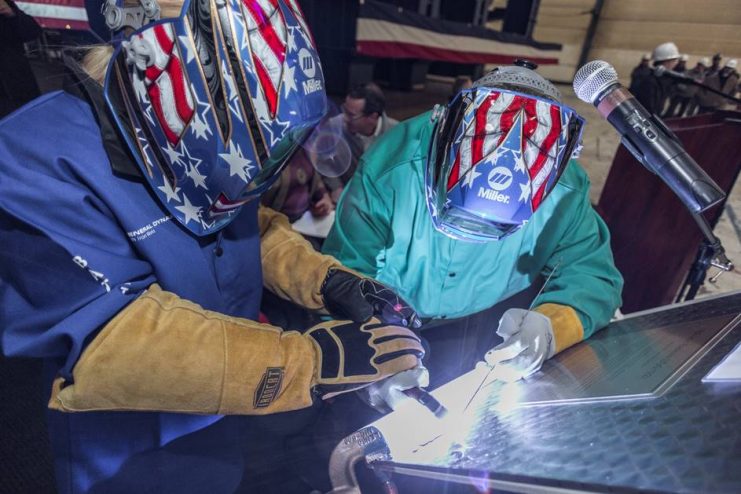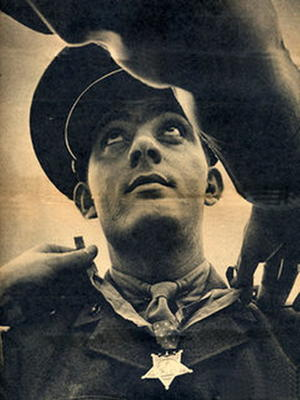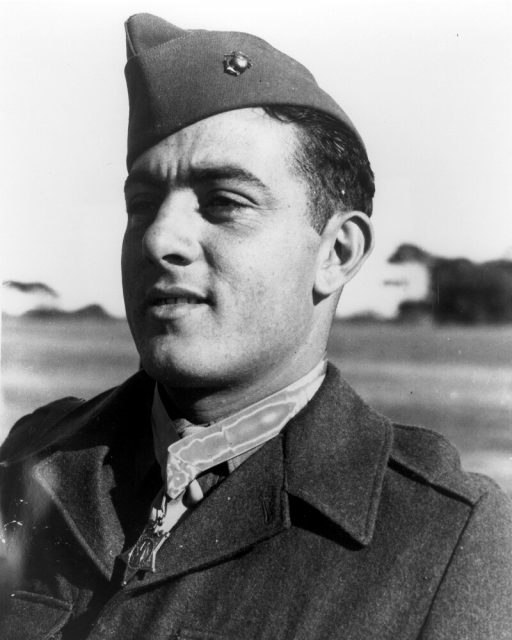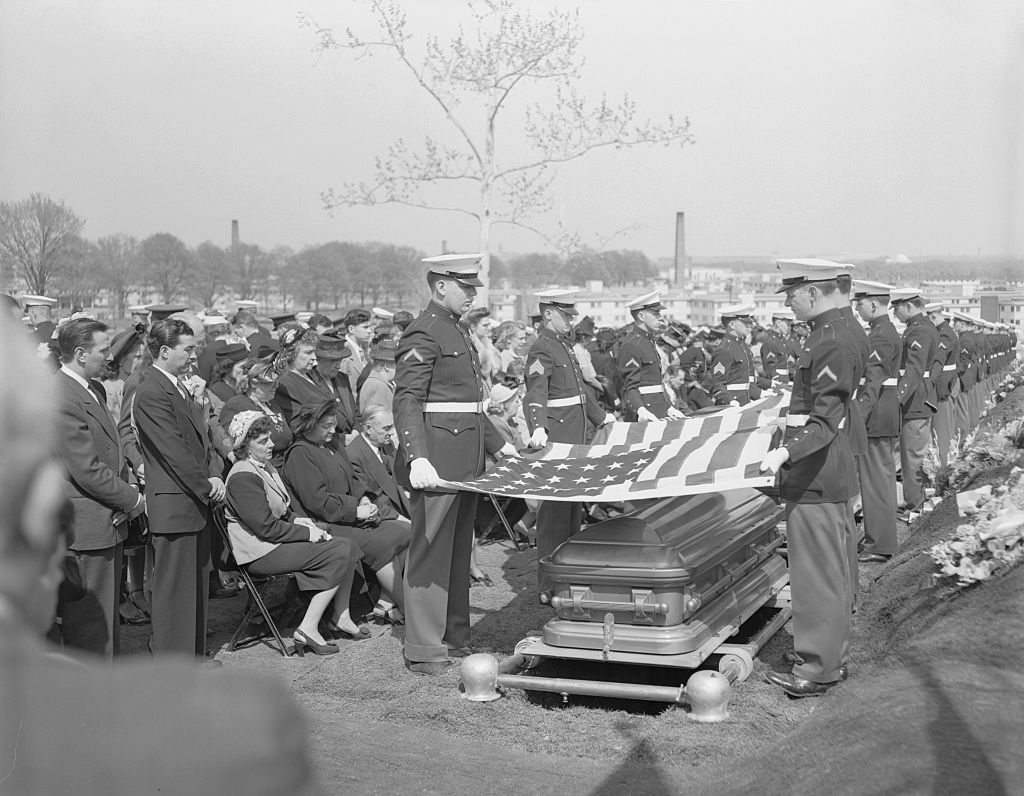When completed, the ship will be named the John Basilone after the World War II Marine hero.
The keel laying is considered a major event in the construction of a ship. The ship’s sponsors and a welder from Bath Iron Works authenticated the keel with welding arcs on the steel plate.

The keel is traditionally the part of the frame that runs from the fore to the aft of the ship and connects the stem to the stern. In older ships and in wooden ships, the keel runs the entire length of the ship and the various parts of the structure are connected to it.
In modern military ships, the parts of the ships are often created as separate modules which are then connected together in the modern version of a keel laying.
The keel laying is significant because it marks the beginning of the full production of the ship. In commercial vessels, the date of the keel laying locks in the applicable construction standards.

Military vessels have more flexibility, though, and parts of the construction of the ship may change after the keel laying.
Keel laying is of interest to people who study ships. The amount of time between the keel laying and the launch of the ship can indicate how much government support the project received, how complex the engineering and logistics of the ship building are, and how efficient the shipbuilder is.
It is important to note that the keel laying is no guarantee that construction will be completed on the ship. There are numerous examples of ships that were canceled after the keel laying or ships that were converted into other types of ships before they were launched.

This ship is expected to be named for Gunnery Sgt. John Basilone. Basilone served three years in the US Army in the 1930s. It wasn’t until he enlisted in the Marine Corps and served in World War II that his actions would make him a legend in Marine history.
During the night of October 24, 1942, Basilone was a sergeant in command of two heavy .30-caliber machine gun sections from the First Battalion, Seventh Marines. They were deployed in Guadalcanal and given the task of defending a narrow pass at the Tenaru River.
A Japanese regiment of 3,000 troops attacked with grenades and mortar fire. The two machine gun sections fought off wave after wave of enemy soldiers until one of the crews was disabled by enemy fire.
Basilone carried 90 pounds of ammunition and weapons to the silenced gun pit over a distance of 200 yards with total disregard to his own safety. Along the way, he dodged enemy fire and killed any Japanese soldiers he met with his Colt .45 pistol.
He then continued to run between the gun emplacements, supplying ammunition and clearing gun jams.
In the heat of the battle, Basilone lost the asbestos gloves which were necessary to hold or replace the searing hot barrels of the machine guns. He barehanded the barrel without hesitation and continued to fire, killing an entire wave of enemy soldiers and burning his hands and arms as a result.
At points during the battle, Marines had to knock down the growing piles of bodies in order to be able to regain lines of fire.
By the time reinforcements arrived, only John Basilone and two other Marines were still standing. Basilone is credited with killing 38 Japanese soldiers on his own, using the machine guns, his pistol and a machete.
According to Pfc. Nash W. Phillips, who lost a hand in the battle, Basilone kept the machine guns going for three days and nights without sleep, rest or food.
John Basilone received the Congressional Medal of Honor for his actions at Guadalcanal. He was offered the opportunity to spend the rest of the war in Washington but he declined and returned to combat.
On February 19, 1945, he was leading gunners up the beach at Iwo Jima. Basilone and four members of his platoon were killed by an enemy artillery shell. He was 28 years old.
Another Article From Us: New US Aircraft Carrier Named Pearl Harbor Hero Doris Miller
Basilone was posthumously awarded the Purple Heart and Navy Cross for his actions at Iwo Jima.
